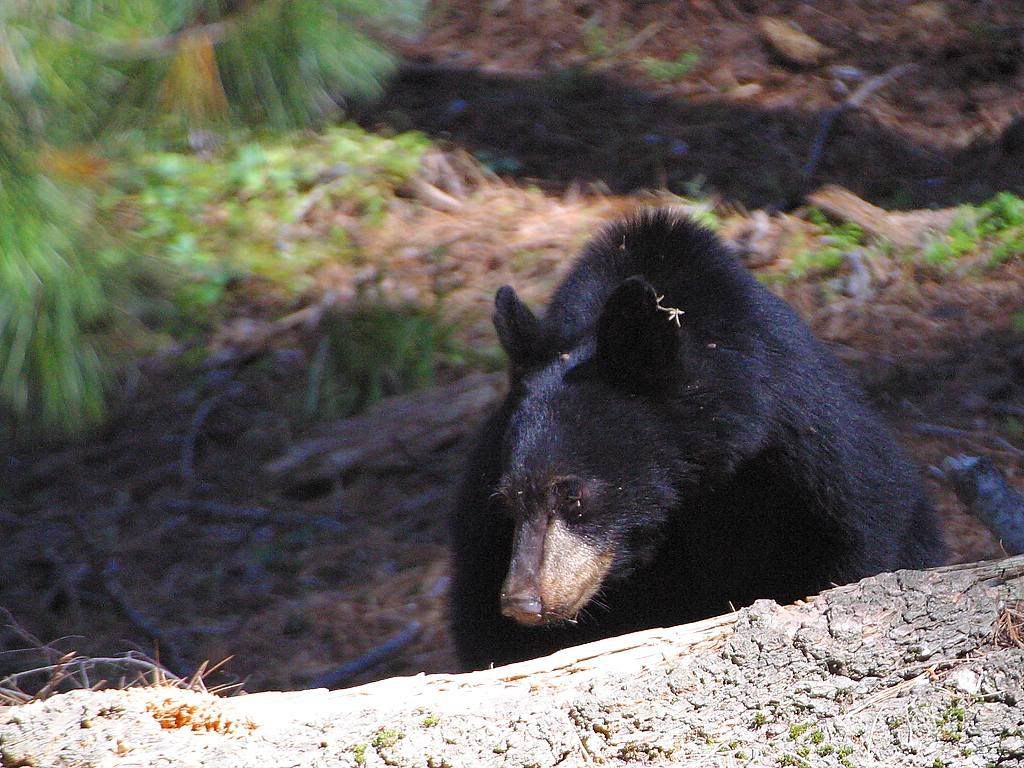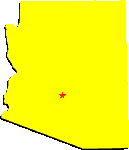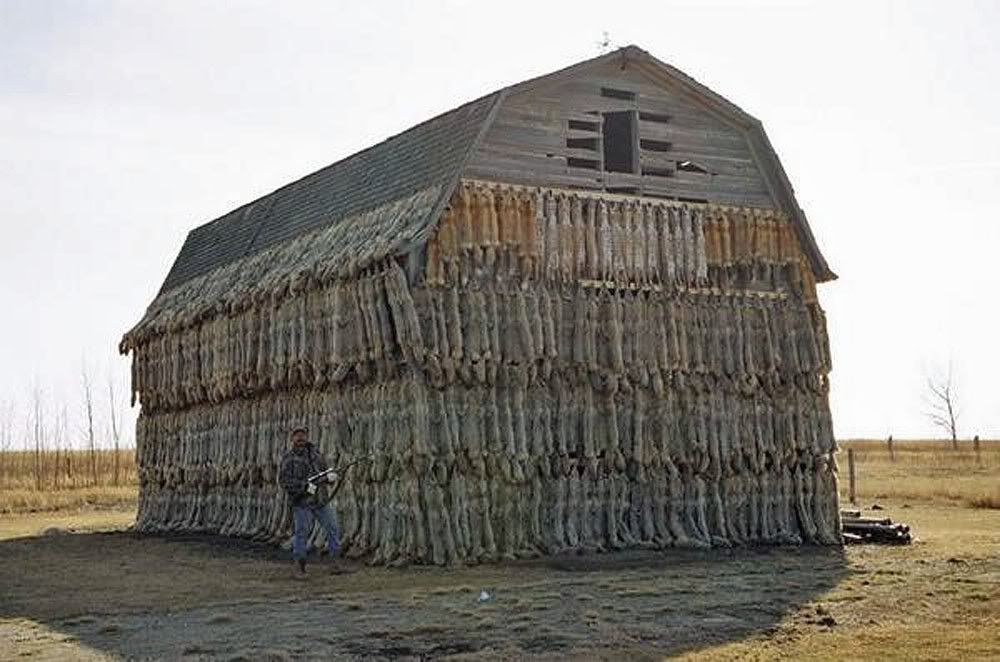Well, of course they do. Bears will eat about anything, and deer are tasty. Humans are nasty and stinky. If bears are willing to attack people, so much more a deer.

This just in: Did you hear about the 11 year old kid that was killed by a bear up American Fork Canyon Sunday night? It drug him out of his tent in the middle of the night. Someone else was attacked Saturday night in the same camping spot. After the boy was killed, they tracked down the bear and made it a good bear.
A friend of mine, from Northern Utah, just sent me this email. I happen to know of a similar story which occurred, a few years previous, near Soldier Summit, Utah – not far from the above incident, where a girl was dragged from a camper by a bear that was a Yellowstone transplant. When bears in Yellowstone cause too much trouble they can apparently be transported to other locales – where they may be expected to cause more trouble.
Several years ago, Idaho did a study, in the lower pan-handle region, to learn the cause of excessive elk calf mortality. To the amazement of the researchers, many calves were being killed by black bears. By the way, black bears are extremely fast when they want to be. I have witnessed this up close and personal. They can, reportedly, out run a quarter horse. I have also seen a video, filmed in Yellowstone’s Hayden Valley, where a grizzly bear overtook a healthy calf elk and killed it. The elk had about a 100 yard head start. That grizzly bear moved like greased lighting, and only a few seconds earlier it had been lumbering around like a bear while the elk watched.
Bears are opportunists. They will kill to eat as illustrated by the above stories. If a bear is hungry ( or even if it is not ) and a deer is close enough to be attacked – what do you think will happen? Bears, I am told, start with the guts. The nastier the better. A bear, unlike a mountain lion, will eat carrion. This means: they keep eating until it is gone – even if their meal gets quite ripe. So, it is not too likely that you will ever discover bear-killed deer just lying around. If you discover a recently killed deer with the guts eaten – beware. Don’t be deceived into believing bears do not kill deer.
In much of mule deer habitat, thank goodness, there are no bears. Where there are bears, they will be killing and eating mule deer. Even if this were not so, in my experience, bears definitely displace deer and cause them stress. From what I have seen, deer go bonkers when they smell a bear.
There are numerous bears within 5 miles of my home. I do what I can to help my local mule deer herd, but the fawn/doe ratio is poor. The herd just can’t seem to grow. Between the bears, coyotes, and lions – what chance have they? Do your part – kill a bear, legally, of course. Don’t stop there. Work on the lions and coyotes as well. This will show that you are a true Mule Deer Fanatic.

 Last week, while visiting with my neighbor, our discussion turned to mule deer. I asked him if he had seen many deer on his property. He said he had an interesting experience with mule deer right next to his house, and related the following story:
Last week, while visiting with my neighbor, our discussion turned to mule deer. I asked him if he had seen many deer on his property. He said he had an interesting experience with mule deer right next to his house, and related the following story:
 All archery deer hunters are reminded of a rule that went into effect in 2004. Successful archery deer hunters must contact an Arizona Game and Fish Department office in person or by telephone at 1-866-903-DEER (3337) within 10 days of taking a deer unless the deer has been checked through a mandatory hunter checking station.
All archery deer hunters are reminded of a rule that went into effect in 2004. Successful archery deer hunters must contact an Arizona Game and Fish Department office in person or by telephone at 1-866-903-DEER (3337) within 10 days of taking a deer unless the deer has been checked through a mandatory hunter checking station. 

